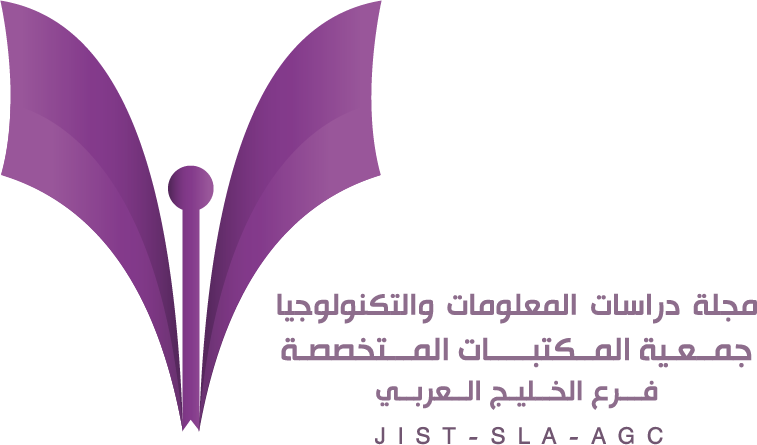-
oa الدور الفعال للبيانات الضخمة في دعم قطاع الاتصالات: دراسة تحليلية
- Source: Journal of Information Studies & Technology (JIS&T), Volume 2023, Issue 1, Mar 2023, 5
-
- 13 January 2023
- 06 March 2023
- 31 March 2023
Abstract
ملخص
في عصر التطور التقني الذي نعيشه اليوم، تعمل تقنيات الحوسبة السحابية ووسائل التواصل الاجتماعي وتقنيات الاتصالات المتنقلة والحوسبة الرقمية إلى جانب عدد متزايد من المعاملات على تعزيز نمو البيانات. وتم تصميم تقنيات البيانات الضخمة لاستخلاص قيمة اقتصادية من أحجام ضخمة من البيانات المختلفة والمتنوعة، وذلك من خلال تمكين الاستحواذ على البيانات بسرعة عالية واكتشافها و/أو تحليلها، ويتم تطبيق هذه التقنيات في كافة القطاعات. فالدراسة الحالية تهدف إلى إلقاء الضوء على تقنية البيانات الضخمة والتعرف عليها، ومن ثم التعرف على كيفية تطبيقها في قطاع الاتصالات. حيث اعتمدت الدراسة الحالية على المنهج الوصفي التحليلي وذلك باستخدام أداة التحليل الرباعي (Strengths, Weaknesses, Opportunities and Threats) SWOT، والتي تمكن من تحديد نقاط القوة ونقاط الضعف لتقنية البيانات الضخمة في قطاع الأعمال المختلفة، وتشخيص الفرص والتهديدات الخاصة بتلك التقنية. وعليه فإن من النتائج البارزة التي خرجت بها الدراسة هي أن تقنية البيانات الضخمة ساهمت بشكل كبير في تطوير العمليات والوظائف المختلفة لقطاعات الاتصالات، مثل تحسين الرؤية واتخاذ قرارات أفضل وأكثر دقة في الوقت المناسب، تحليل قطاعات السوق، التعرف على الفرص التجارية الجديدة، وتحسين العمليات وتبسيطها، وتوفير قدرات تحليلية تنبؤية لاكتشاف اتجاهات العملاء. كما خرجت الدراسة الحالية بمجموعة من التوصيات كان من أبرزها أنه يجب على المهنيين في مجال الأعمال التجارية وتكنولوجيا المعلومات العمل معا في جميع أنحاء العالم في تطوير البيانات الضخمة وجعلها أكثر فعالية، والاهتمام بالناحية القانونية والأمنية لتقنية البيانات الضخمة.
Cloud computing, social media, mobile communication technologies, digital computing, along with an increasing number of transactions are fueling the growth of data. Big data technologies are designed to extract economic value from huge volumes of different and diverse data by enabling high-speed data acquisition, discovery, and/or analysis. These technologies are being applied in all sectors. The current study aims to shed light on the technology of big data and to identify how to apply it in the telecommunications sector. To achieve these objectives, the study utilized the analytical descriptive approach, using the SWOT analysis technique (Strengths, Weaknesses, Opportunities and Threats). SWOT analysis enables identifying the strengths and weaknesses of big data technology in the different business sectors and diagnosing the opportunities and threats of this technology. One of the prominent findings of this study is that big data technology has contributed significantly to the development of various operations and functions of the telecommunications sectors, such as improving companies' vision, making better and accurate decisions in a timely manner, analyzing market sectors, identifying new business opportunities, and improving and simplifying operations. In addition, big data assists in providing predictive analytics capabilities to discover customer trends which can provide a competitive advantage today. The current study came up with a set of recommendations, the most prominent of them was that business and information technology professionals should work together all over the world to develop big data technologies and make them more effective, along with paying more attention to the legal and security aspects of the big data technologies.


